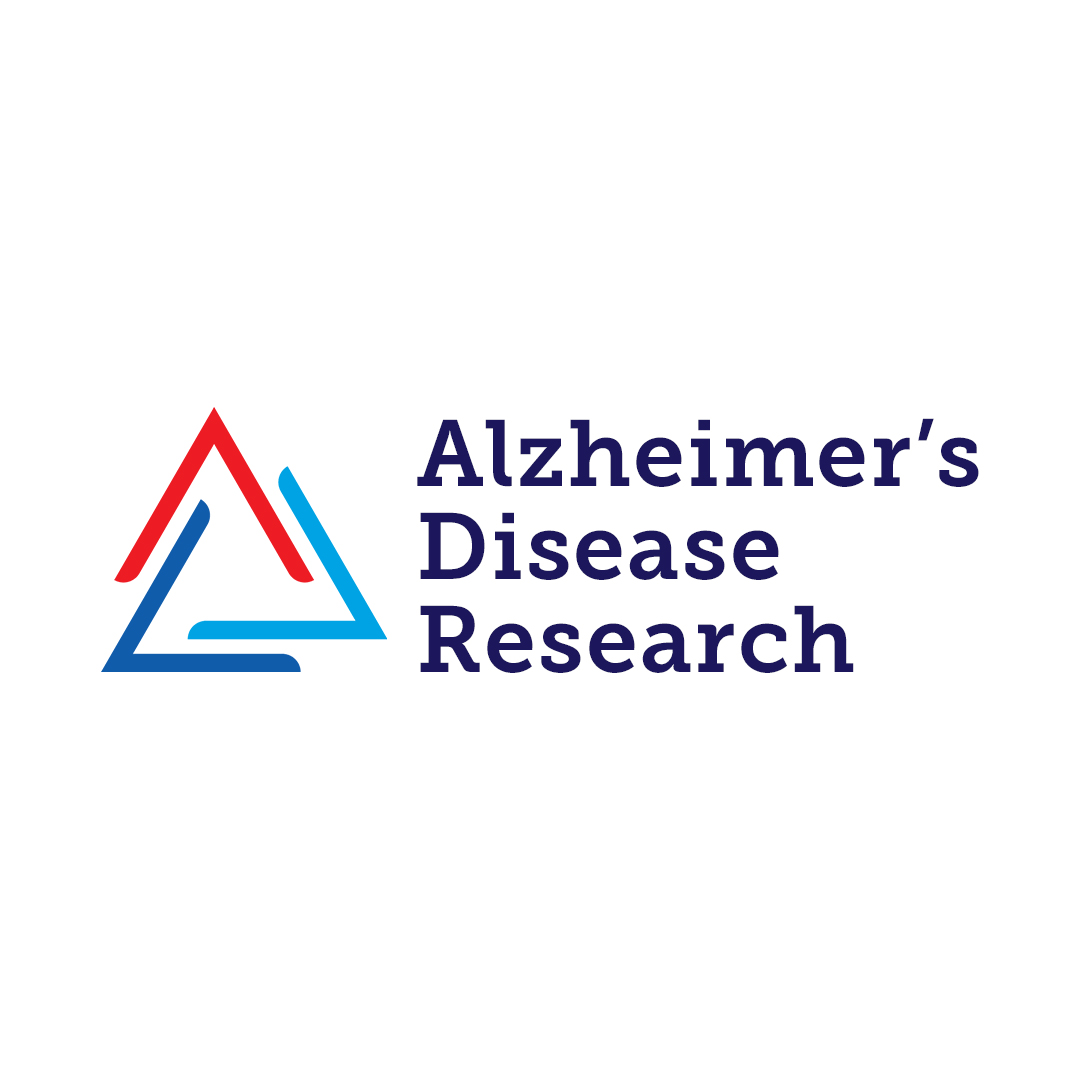
A new study has found that sleep medicine may slow or stop the progression of Alzheimer’s disease by reducing levels of Alzheimer’s proteins in the brain. Although the study was small and further investigation is needed, the results are promising.
The study involved a sleeping aid known as suvorexant (pronounced SOO-voe-REX-ant) that is already approved by the Food and Drug Administration (FDA) for insomnia. It is in a class of medications called orexin receptor antagonists and works by blocking the action of a natural substance in the brain (orexin) that causes wakefulness.
The research team, from Washington University School of Medicine in St. Louis, was led by BrightFocus grantee Brendan Lucey, MD, who discussed the findings in an interview with the university.
“This is a small, proof-of-concept study,” he said. “It would be premature for people who are worried about developing Alzheimer’s to interpret it as a reason to start taking suvorexant every night. We don’t yet know whether long-term use is effective in staving off cognitive decline, and if it is, at what dose and for whom. Still, these results are very encouraging.”
Dr. Lucey and colleagues were among the first to show in people the link between poor sleep and elevated levels of amyloid beta and tau in the brain. The question remains as to whether good sleep has the opposite effect—a reduction in amyloid and tau levels, and a halt in or reversal of the progress of Alzheimer’s disease—but studies in mice have shown promising results, the university reported.
How the study was conducted
Research has pointed to regular nightly deep sleep as something the brain depends on to flush itself of waste material and toxins. In early Alzheimer’s disease, plaques of amyloid beta protein start to build up in the brain. Eventually a second protein, tau, begins to form tangles that harm the brain’s neurons and contribute to the cognitive difficulties associated with Alzheimer’s, such as memory loss. Poor sleep is linked to higher levels of both amyloid and tau in the brain.
Dr. Lucey and his colleagues recruited 38 participants ages 45 to 65 with no cognitive impairments to undergo a two-night sleep study. They were divided into three groups: some who took a 10 mg dose of suvorexant, some who took a 20 mg dose, and some who took a placebo to serve as a control group.
The participants slept in a clinical research unit at Washington University. Researchers withdrew a small amount of cerebrospinal fluid via a spinal tap every two hours for 36 hours, starting one hour before the sleeping aid or placebo was administered. They measured how amyloid and tau levels changed over the next day and a half.
In the cerebrospinal fluid of people who had received the high dose of suvorexant, amyloid levels dropped 10% to 20% and levels of hyperphosphorylated tau dropped 10% to 15%, compared to people who had received placebo. There was no significant difference between the people who received the lower dose of suvorexant and those who received the placebo.
What’s on the horizon
Suvorexant, a prescription medicine marketed under the brand name Belsomra, has been available since 2014 and is considered safe and well-tolerated. It is one of three orexin inhibitors approved by the FDA, and more are in the pipeline.
Dr. Lucey has additional studies underway to assess the longer-term effects of orexin inhibitors in people at higher risk of dementia. “Future studies need to have people taking these drugs for months, at least, and measuring the effect on amyloid and tau over time,” he said in the university interview. “We’re also going to be studying participants who are older and may still be cognitively healthy, but who already have some amyloid plaques in their brains.”
The goal is to eventually develop drugs that take advantage of the link between sleep and Alzheimer’s to prevent cognitive decline. “We’re not quite there yet,” he said. “At this point, the best advice I can give is to get a good night’s sleep if you can, and if you can’t, to see a sleep specialist and get your sleep problems treated.”












